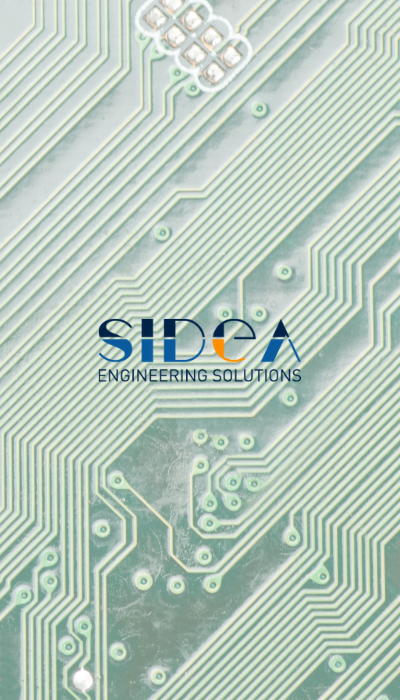
Testing and validation systems in the automotive and aerospace industries: Hardware-in-the-Loop (HIL) systems
"Hardware-in-the-Loop" (HIL) systems are test and validation systems used primarily in engineering, particularly in the automotive and aerospace industries, to test and validate electronic systems or controls of complex systems. They enable engineers to perform tests that would otherwise endanger plants and the people who work on them. In fact, by using HIL, engineers can perform even the most dangerous test scenarios flawlessly, thereby improving not only plants performances but also its safety. With this type of testing, it is possible to combine software simulation with real hardware because the HIL system uses a software simulator to emulate the behavior of the system being tested, while the real hardware system is integrated into the test system. The main objective is to verify the interaction between the software and hardware of a complex system in a safe and controlled test environment before implementing it in real-world situations.
Hardware-in-the-Loop systems' design and development: how they work and why they are so important?
With HIL simulation, software development no longer needs a physical plant to write and test code. Moreover, tests can include simulations of larger versions of a plant or, for example, of an excessive load that could damage the hardware. These systems are designed to simulate the operating environment in which the system is to operate, allowing hardware to be tested under controlled conditions. But how do they work? And why are they so important? Thanks to HIL simulation, it is possible to:
- perform a simulation of the real environment: HILs accurately simulate the operating environment in which a system is to operate. For example, in the automotive industry, they can simulate driving conditions, engine, sensors and more.
- perform laboratory testing: HILs allow hardware to be tested in a controlled laboratory environment, reducing the need for field testing, which can be expensive, dangerous or impractical.
- achieve early validation: before implementing a system in a vehicle, aircraft or any other application, its behavior can be tested and validated at an early stage, reducing the risk of problems and costly delays during production.
- test repeatability and control: HILs allow the same test conditions to be reproduced in a consistent and controlled manner, which is important for testing the repeatability and consistency of system performance.
- perform safe and inexpensive testing: they can simulate dangerous or difficult scenarios that are difficult to reproduce in real life without safety risks and with lower costs. For example, anti-lock braking systems can be tested without actually having to perform braking tests in dangerous situations.
- reduce development time: they allow development time to be reduced because problems can be identified and solved before field implementation.
- perform exception testing: can be used to test exception scenarios or extreme conditions that may be difficult to reproduce in reality, such as hardware failures or extreme weather conditions.

SIDeA: alongside every customer with Hardware-In-the-Loop systems' design and development solutions
Hardware-in-the-Loop systems are an essential component in the development and validation of complex electronic systems. They enable risk reduction, improve product quality, save time and money during the development cycle, and ensure that systems operate reliably in real-world situations. Over the years, SIDeA has designed and developed in-the-loop hardware systems for companies in various market sectors. Typical applications of HIL systems find application in different sectors:
- Railway
- Automotive
- Energy
- Home appliances
- Power electronics
- Avionics
- Turbines
- Robotics
From analyzing and understanding the problem, evaluating the feasibility of interventions, each customer is followed and supported by SIDeA engineers during each phase. When designing hardware systems in the loop and their subsequent development, SIDeA's commitment does not end with the delivery of the required solutions. Indeed, the phase following implementation is that of training, as well as technical support, tutoring, assistance and maintenance to optimize the systems and their use by the customer himself.
A heterogeneous and flexible work team, capable of managing the workload based on the professionalism and skills of each collaborator, guarantees a production flow that can carefully and accurately meet the established delivery deadlines.

